Becoming a better athlete isn’t just about putting in the hours. It’s about training with a purpose. To truly maximize the efficiency of each training session and achieve your goals, start tracking your swim metrics.
Here are a few reasons why using technology in swimming to track data is essential for achieving your swimming goals.
Develop Accountability and Consistency

It’s tempting to slack off when you can easily disregard a mediocre workout and forget about it once you’re out of the pool. After all, out of sight, out of mind.
Tracking data holds you accountable for your own training.
It is a concrete reminder that for every training session, each lap in every set counts. You can look back on the data and see how the efforts you’ve put in reflect on your swim. A visual representation of your performance can also trigger your inherent competitiveness to outperform yourself.
Keeping track of metrics also allows you to review your sets and exchange insights with your coach. This way, you’re more involved in the process.
Accountability leads to consistency – in showing up for practice and the quality of training put in for the day. Consistency is fundamental to reaching any goal.
Spot Weaknesses / Areas for Improvement
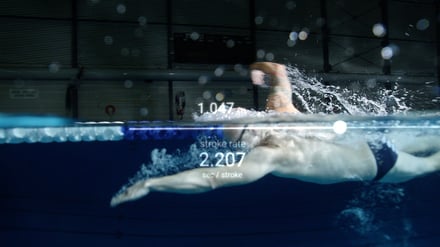
Tracking provides a clear picture of what is going on in a given set as each metric highlights specific aspects of a swimmer’s performance. Does your Distance Per Stroke (DPS) go down too much whenever your Stroke Rate (SR) increases? How do your turn times today compare to your average turn times?
Analyzing this data allows you to identify precisely where improvements can be made. The data gives more detailed information on something your coach may have noticed or perhaps you had felt while doing a set.
More importantly, the data reveal areas of improvement, which would have otherwise gone unnoticed. Maybe you’ve plateaued and couldn’t figure out why – tracking metrics will help you locate precisely what you need to work on.
Train Smarter
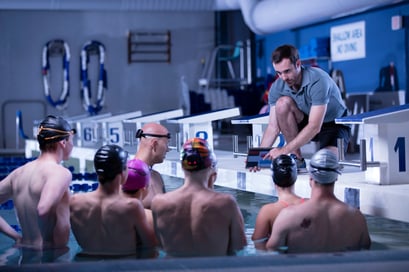
Once you’ve analyzed the data and spotted areas of improvement, you can take actionable steps to isolate weaknesses and focus on developing them.
When it comes to swimming or any sport for that matter, training smart is arguably the most efficient way to improve. By tracking, you can plan workouts based on the metrics, adjust sets and implement drills targeting specific areas to be improved upon.
Evaluate Progress
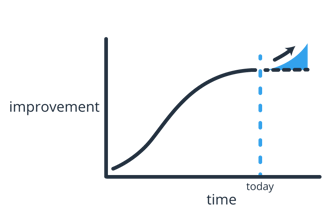
Another reason to track metrics is so you can track and evaluate your progress.
The traditional way of tracking progress through comparing splits or beating personal bests is still valuable. But tracking progress through metrics gives you a deeper understanding of how you got there.
Progress is an excellent motivator, and a visual representation of specific improvements lets you know you are doing something right. This is an excellent reminder that training pays off, which will undoubtedly increase your motivation to keep going.
It’s also possible to realize you’ve plateaued or made no progress at all. Don’t let this discourage you. You still have the data. Take a step back, re-evaluate your metrics and make necessary adjustments.
Achieve Goals
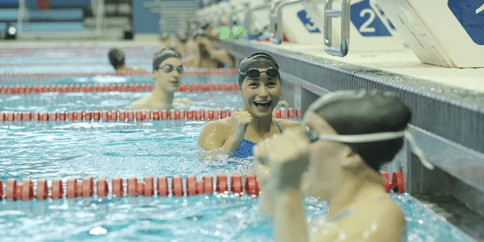
All of this comes down to getting you closer to achieving the goals you’ve set for yourself.
There are 3 types of goals: outcome, performance, and process goals.
Accountability and consistency help with accomplishing process goals.
You become mindful of the things you need to do to get to your performance and outcome goals - whether it’s coming to every practice with the proper mindset, supplementing training with proper rest and nutrition, or something else. Being consistent and accountable to your training and overall performance is crucial to achieving your goals.
Identifying weaknesses help with setting performance goals.
The metrics show specific areas that need improvement, so you can break down your targets. By basing performance goals on the metrics, you can set specific and realistic goals. And, by training smarter and resolving these weaknesses, you can accomplish the performance goals you’ve set.
At any point, you can track and evaluate your progress to see if you are still going in the right direction or if you need to reassess and make adjustments. Small improvements in individual metrics add up, allowing you to check off performance goals along the way, ultimately leading you to your outcome goal.

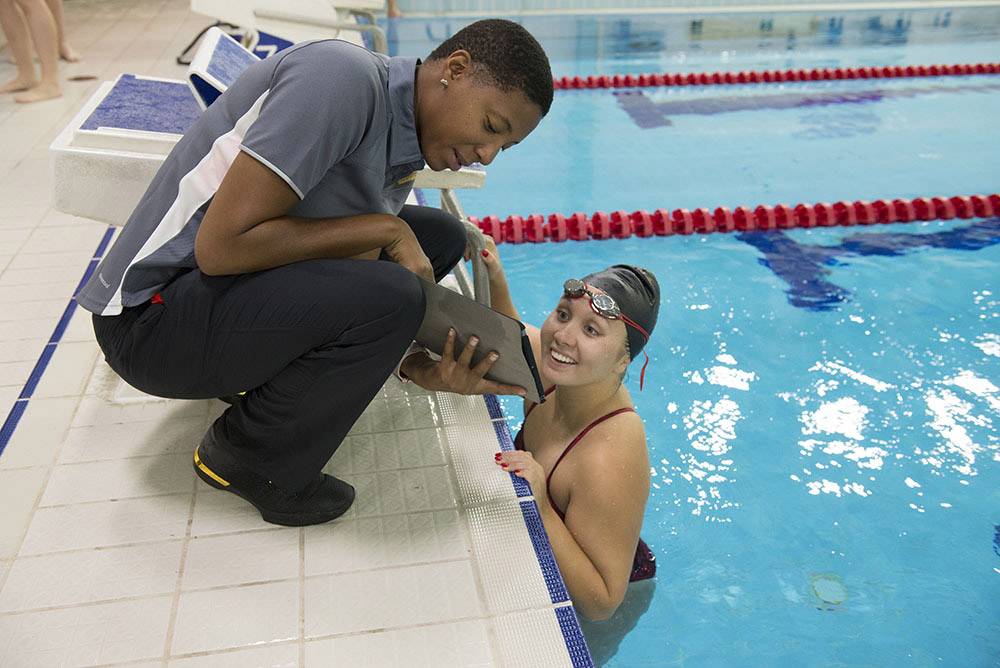




.png)
.png)